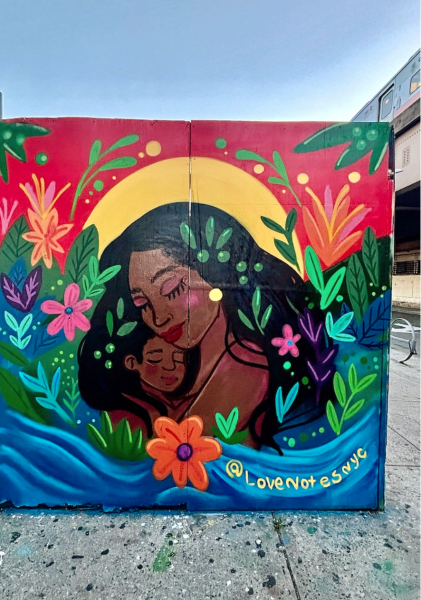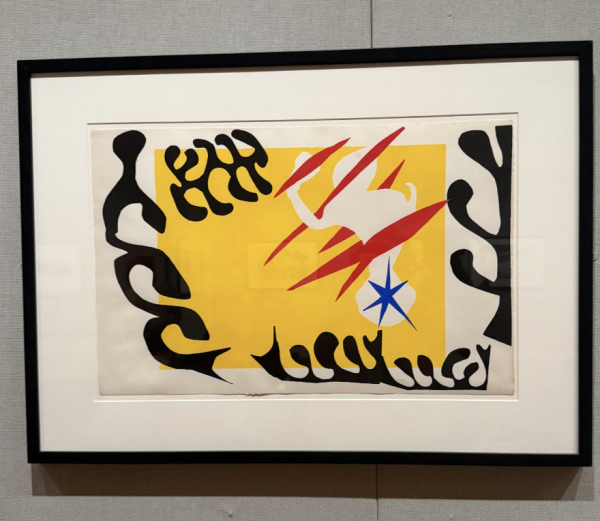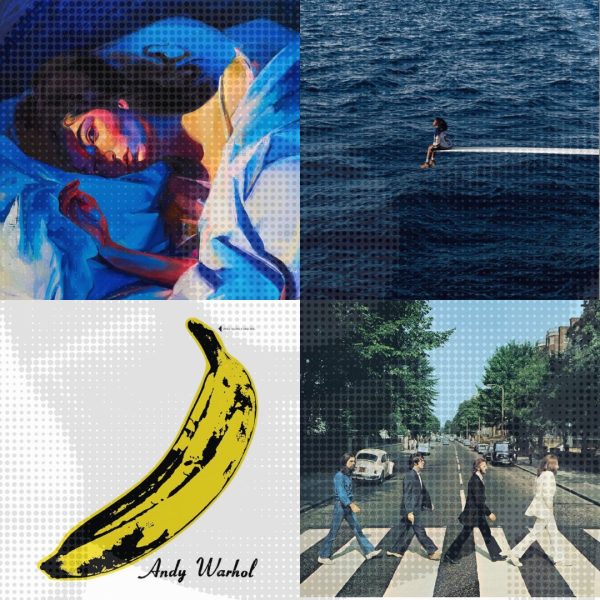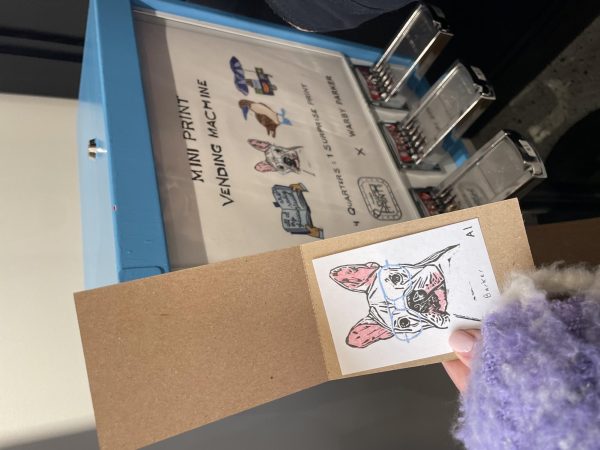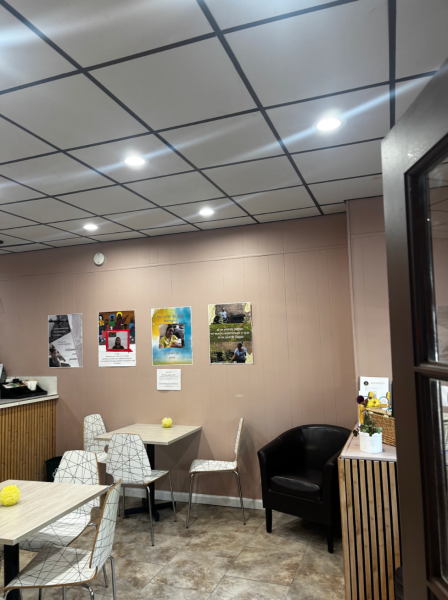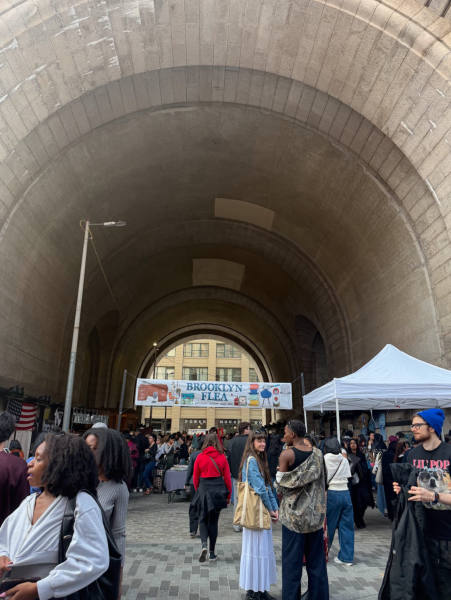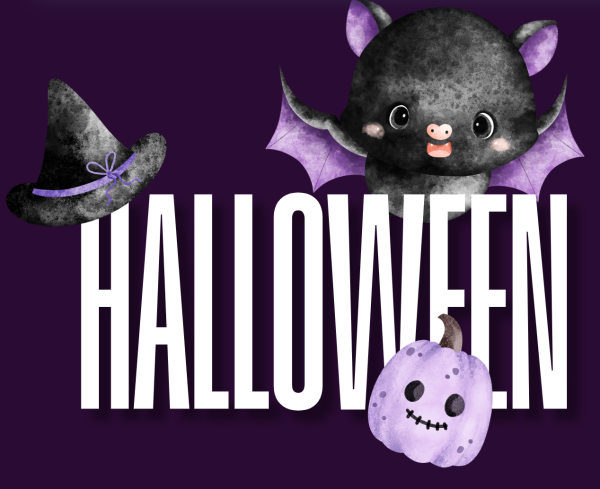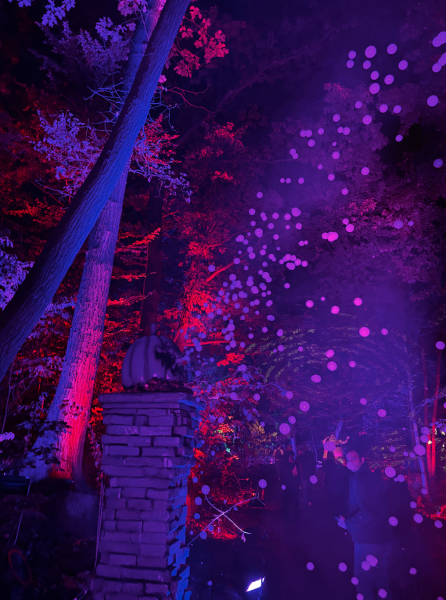The Erasing Borders Dance Festival Highlights Indian Dance
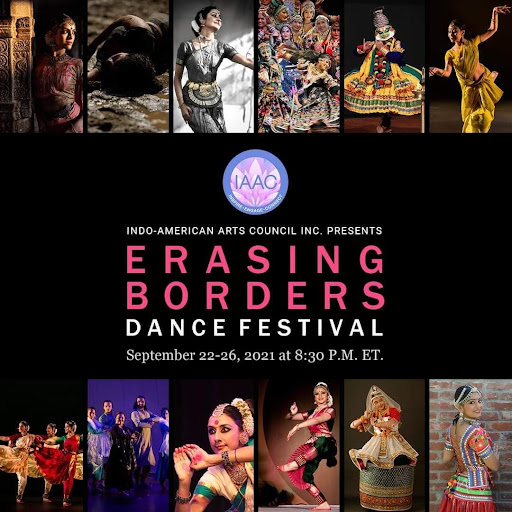
The 2021 Erasing Borders Dance Festival, presented by the Indo-American Arts Council featured 10 artists trained in different styles of Indian dance. (Courtesy of Facebook)
The Indo-American Arts Council hosted its 14th annual Erasing Borders Dance Festival from Sept. 22 to Sept. 26. The event is typically held outdoors in lower Manhattan, but due to pandemic concerns it was held in a completely virtual format this year. Despite the unorthodox format, the online event was a success, showcasing 10 artists trained in different styles of Indian dance.
The Indo-American Arts Council is a non-profit organization that was founded in 1998 with the intention of bringing Indian arts into mainstream American media. Since then, they have hosted a wide variety of festivals, performances and exhibitions to “foster an exchange of artists and arts related information between India and the United States.” Every year the Indo-American Arts Council receives about 80 applications from Indian and Indian-inspired dancers and dance companies all over the world to participate in the Erasing Borders Dance Festival. They carefully select the participants to curate a diverse set of dances from all styles, experience levels and locations.
This year’s Erasing Borders Dance Festival kicked off on Sept. 22 with a Bharatanatyam performance by Rukmini Vijaykumar. Bharatanatyam is a classical Indian dance that is typically performed by a solo woman. Because the festival was in a virtual format the performers could experiment more with their backgrounds, as opposed to a typical performance on a stage. Vijaykumar danced through narrow city alleyways, on a dock looking out over a foggy body of water and in front of a gray stone wall. These changing locations made the performance feel more like a music video than a traditional show, which was incredibly engaging. Vijaykumar’s dance was performed to “Presto” from Vivaldi’s “The Four Seasons.” This surprising, but incredibly cohesive way of meshing the arts was a perfect way to kick off the festival, as it reinforced the message to erase borders and celebrate the art of dance.
The next performance was a contemporary dance performed by Preethi Athreya, titled “Sediment.” Athreya and filmmaker Vijay Boothalingam came together to create a visually stunning performance which shows Atherya dancing at the Marakkanam Salt Pans in Tamil Nadu, India. The first of a three part series, this performance explores a period when salt production was suspended due to high rainfall.
The final performance of the first night was another Bharatanatyam performance called “The Adventures of the Naughty Bee,” performed by Sonali Skandan. Before the performance, choreographer Maya Kulkarni told the story of the naughty bee, which helped the audience better understand the concept during the actual dance. Throughout the performance, beautiful graphics appeared on screen behind the dancer, making the performance more appealing to a virtual audience. The night wrapped up with a panel discussion among the performers and choreographers, where they discussed the concepts and goals behind the night’s performances.
The second day began with a similar panel discussion with the performers, choreographers and the curators of the festival. As 2021 is the 75th anniversary of Indian Independence, the Festival’s director, Deepsikha Chatterjee, acknowledged this celebration, saying “the 75th independence anniversary celebrates and reflects on the milestones of freedom and struggle … For this year we selected dance works that ponder on the issues of old struggles, new ideas, hard-won achievements, renewed actions and future faceing resolutions.”
Following the panel discussion, a Kathakali performance by Kalamandalam Adithyan was shown. As Kathakali is a form of classic Indian dance narrative, the story was put on the screen before showing the actual dance. Kathakali is often characterized by elaborate costumes and makeup, so the five onstage performers were dressed in colorful costumes and two of them wore bright masks.
Next the directors of Kalbeliya World, a global solidarity program for artists of the Kalbeliya community in Rajasthan, India, presented the mission of their organization and a traditional Rajasthani folk song and dance was played.
Friday, the third day of the festival, opened with a performance by Kaustavi Sarkar. Sakar performed an Odissi dance, a style characterized by bhangas or symmetric body bends. Next, a dance film titled “Storm,” created by Jyotsna Vaidee, was shown. The film was inspired by the writings of Arundathi Roy and Maya Angelou and it aims to explore human identity, especially amidst the ongoing pandemic and racial awakening. The third day was also presented in conjunction with a panel discussion.
The performances for Saturday were sandwiched by panel discussions, which was a helpful format as it gave the audience a few things to look for before the performance, while also allowing for a post-performance reflection. The first performance, choreographed by Vaishali Trivedi, was called “Intimate Foe,” and its goal was to raise awareness about plastic pollution. Five dancers moved across the stage around a pile of plastic, cast in a blue light. It concluded with one of the dancers standing in the center of the stage with a piece of plastic covering her head. The dance was not only beautiful, but brought awareness to an important issue.
Next, a film called “Prithvii Tatvam” by Bindu Rajendren was shown. This performance also addressed environmental issues, calling for action in response to Climate Change, using select Sanskrit verses mixed with English poetry. Rajendren was shown dancing in various outdoor locations throughout the dance film.
The final performance of the festival was another dance film by Meera Sreenaranayan which conveyed the inner monologue of a freedom fighter. By mixing on-stage dancing, graphics, highly edited footage and text on screen, the film was incredibly visually appealing and told a compelling story.
The festival wrapped up with two morning workshops. The first, which was on Saturday, was on the classical dance style of Manipuri, and Sunday’s was a Rajasthani folk workshop.
Overall, the festival was a success. Many performance-based events have struggled to transition to an online format, but the Erasing Borders Festival did it perfectly. Instead of just showing a straight shot of a stage with traditional performances, the festival incorporated several dance films and utilized unique editing techniques to create more engaging content for online audiences. All of the performers were incredible and it was so wonderful to see such a diverse set of talents.
If you would like to watch a recording of the festival you can on the Indo-American Arts Council YouTube channel.

Ava Erickson is a senior from Denver. Her passion for writing and language led her to double major in journalism and Spanish studies. She began working...





































































































































































































